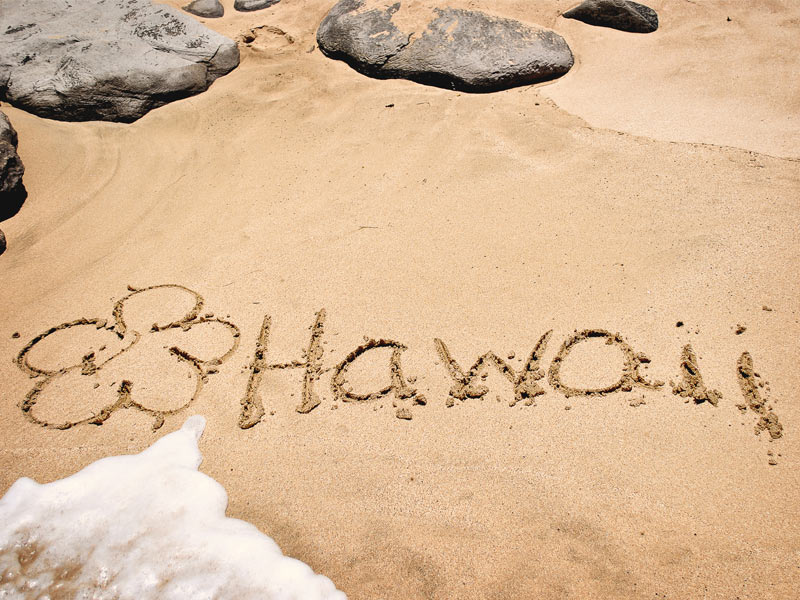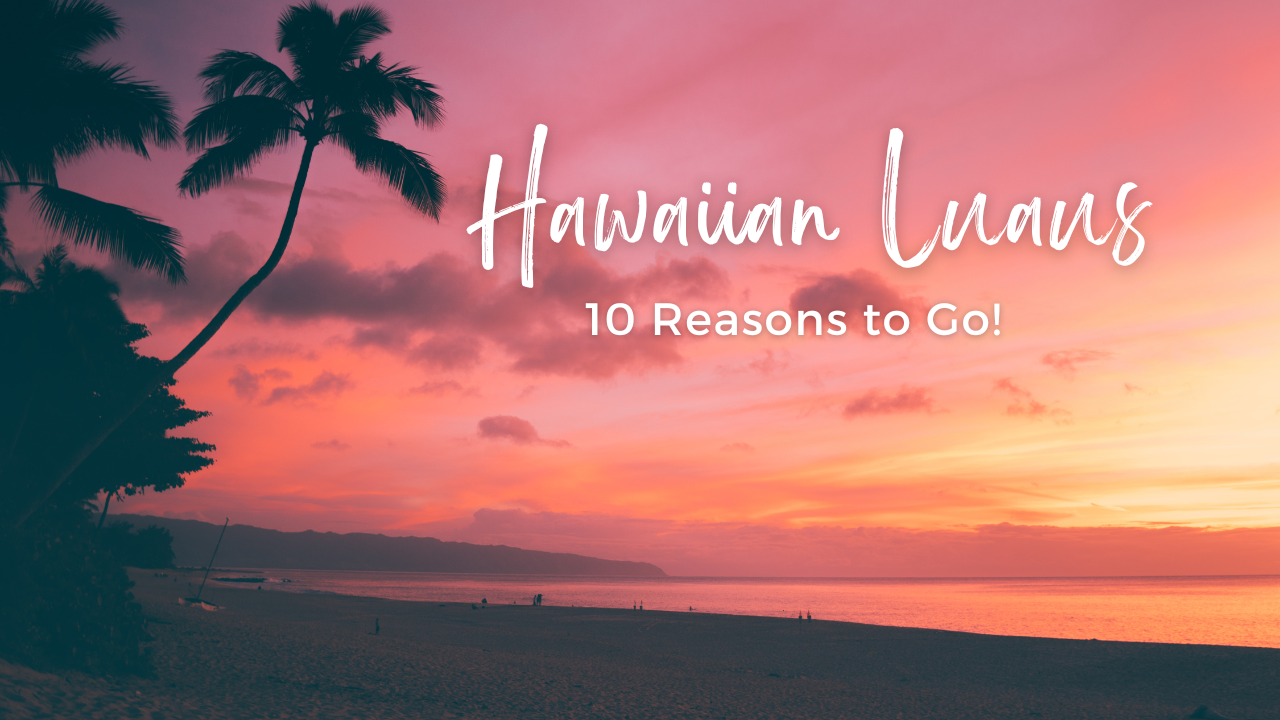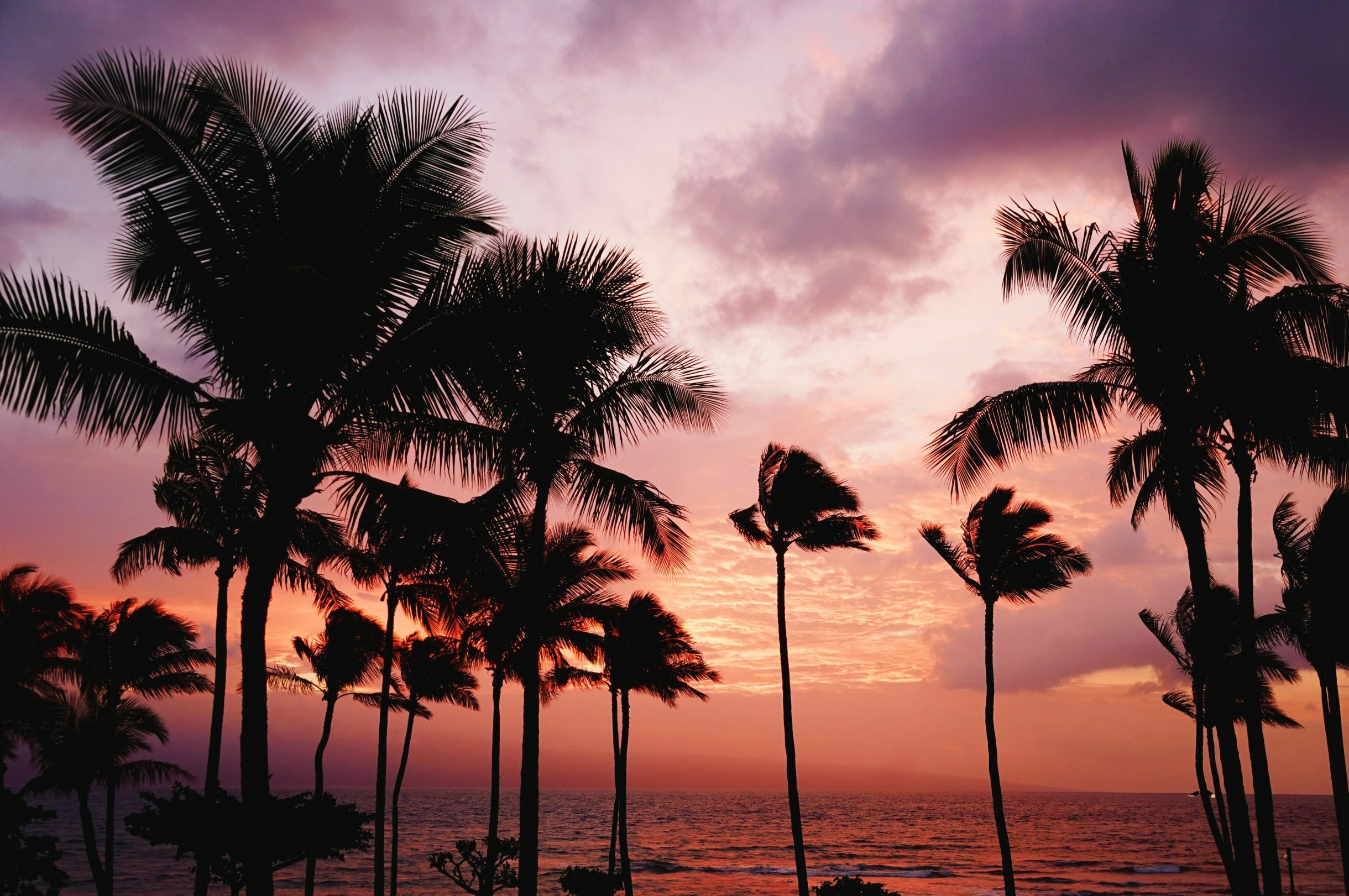History of the Luau
by Mark L., Last Updated January 14, 2024
Aloha and Welcome to the Islands!
As you look forward to traveling to this beautiful tropical oasis, we’d like to take you on a small journey to the past. Knowing more about your destination is a good start to making the best of your vacation. Knowing more about the culture and where the customs you may encounter originated will help you better connect to the island. The history of the luau can teach you so much more about Hawaiian history and culture than you might expect!
Early Luaus
All civilizations have their version of a grand feast, including ancient Hawaiian culture. The prototype of the modern luau was an ‘aha’aina, a feast held to celebrate special occasions. During these feasts, friends and family came together and dined. Luau guests ate on a floor covered in lauhala mats, weaved from the leaves of the hala tree. Guests ate foods commonly associated with strength and virtue. Common dishes served at these gatherings were poi and other traditional Hawaiian cuisine like pork cooked in an imu, or underground oven.
However, due to religious and social taboos, men and women could not eat together until 1819. Women and commoners, could also not eat many of the dishes, like poi and pork. And only chiefs ate certain foods. Through these segregated and hierarchical celebrations, early Hawaiian tribes paid tribute to and honored their gods.
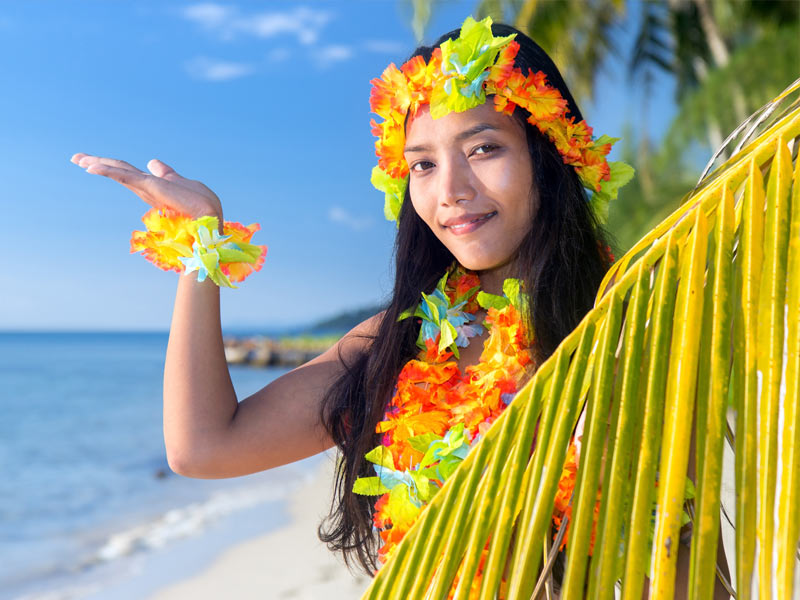
King Kamehameha II
When King Kamehameha I died in 1819, his successor and son, Kamehameha II took the reins. The new king sought to remove the heavy religious influence from the Kingdom of Hawaii. Only six months into his rule, he abolished the kapu system. The kapu were religious laws that in part separated men from women and children during the ‘aha’aina. Marking the end of the kapu, Kamehameha enjoyed a meal with his mother and his father’s Queen. Thus mixing genders for the first time.
With the taboos removed, the ‘aha’aina would change forever. Eventually, Hawaiians adopted the term “luau” referencing the dish of taro leaves and chicken often eaten at these festivities.
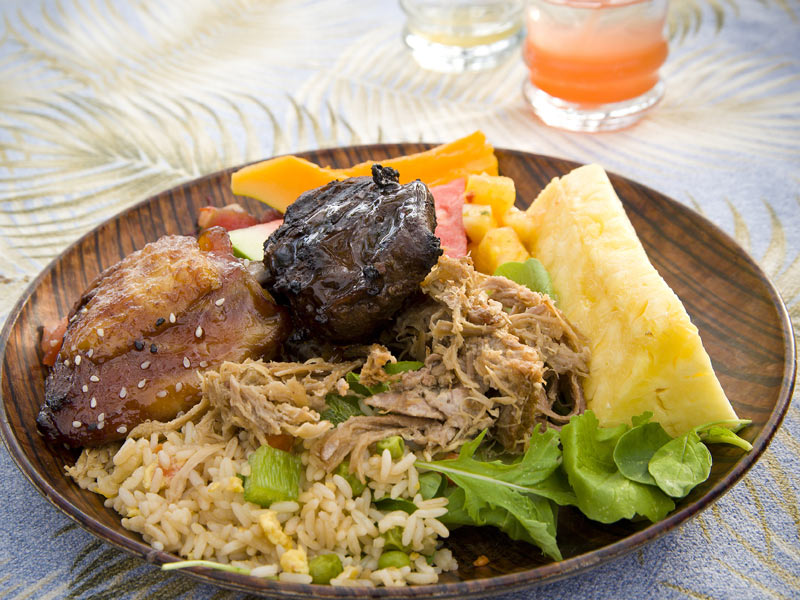
The luaus of yesteryear were incredibly extravagant affairs, attracting anywhere from hundreds to over a thousand attendees. The largest recorded luau was held by King Kamehameha III with over 1,800 guests, 271 roasted pigs, over 3,000 fish, 4,000 taro plants, and 2,245 coconuts. Food was typically eaten without the use of utensils and fragrant, indigenous flowers and other flora served as centerpieces on leaf-covered tables.
As luaus evolved, hula and Samoan fire-knife dancing became an integral part of the entertainment that remains today.
As tourism and interest in Polynesian culture exploded in the 1950’s, commercial luaus emerged. These pay-to-attend-luaus quickly a popular tourist activity.
Today, Hawaiians still hold luaus to mark special occasions. Meanwhile, commercial luaus remain popular with travelers to the islands. Some luaus are more commercialized and “touristy” than others.


